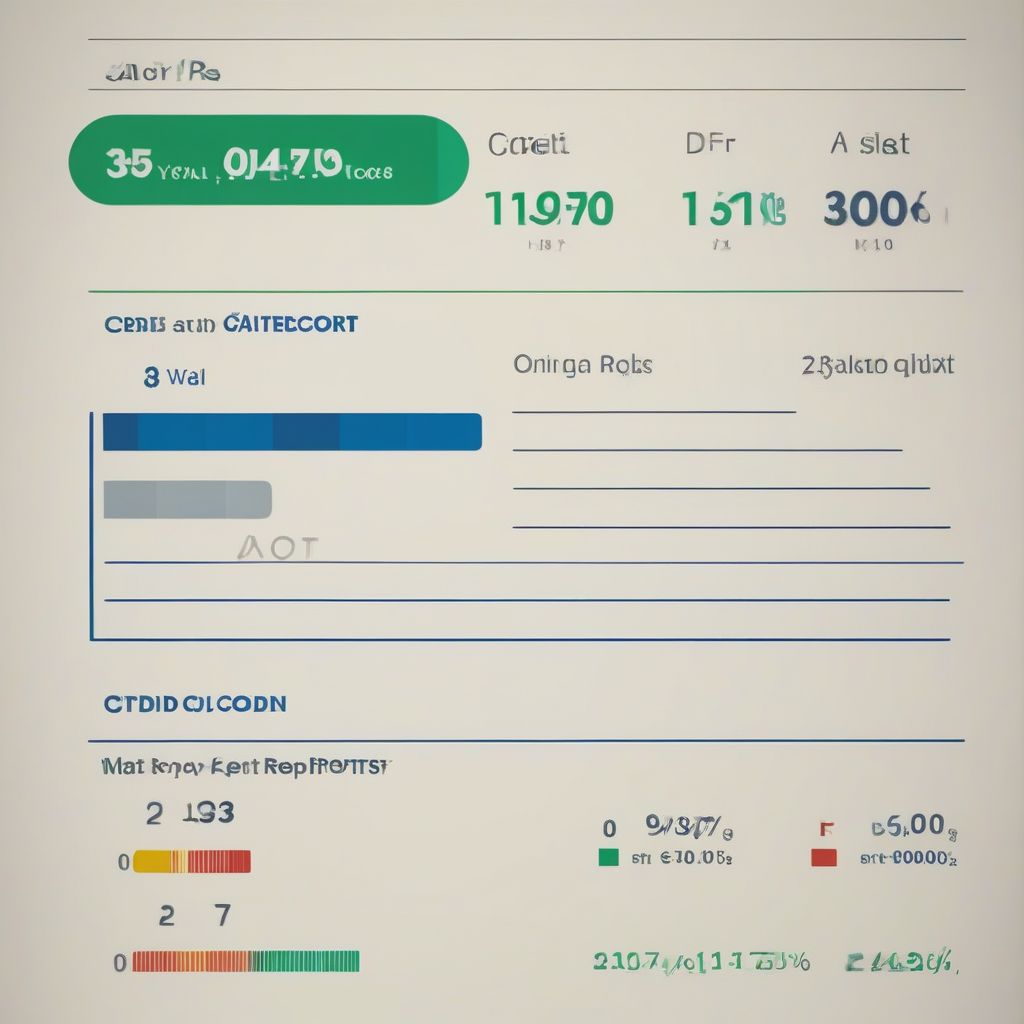
Starting or expanding a small business often requires a significant cash infusion. Whether it’s purchasing new equipment, hiring additional staff, or simply managing cash flow, securing adequate funding is crucial. This is where Banks For Small Business Loans come into play, offering a lifeline for entrepreneurs looking to turn their dreams into reality. But navigating the world of business loans can seem daunting. What types of loans are available? What are the eligibility requirements? This comprehensive guide aims to demystify the process, equipping you with the knowledge needed to confidently approach lenders and secure the best possible financing options for your business.
Understanding the Importance of Small Business Loans
Small businesses are the backbone of the economy, driving innovation, job creation, and local growth. However, accessing the necessary capital to thrive can be a significant hurdle. This is where banks for small business loans play a vital role. By providing access to funding, they empower small businesses to:
- Launch new ventures: Transform innovative ideas into reality and contribute to the marketplace.
- Expand operations: Increase production capacity, reach new markets, and achieve higher levels of success.
- Purchase equipment: Invest in tools and technology to improve efficiency and enhance productivity.
- Hire employees: Grow their workforce and contribute to job creation within the community.
- Manage cash flow: Navigate seasonal fluctuations or unexpected expenses without derailing operations.
 business loan meeting
business loan meeting
Types of Small Business Loans Offered by Banks
Banks offer a variety of loan products tailored to meet the diverse needs of small businesses. Understanding the differences between these loan types is essential for choosing the most suitable financing option:
1. Term Loans
Term loans are a traditional form of business financing, providing a lump-sum amount upfront that is repaid over a fixed period with regular installments. They are typically used for larger investments such as real estate, equipment purchases, or business acquisitions.
Key Features:
- Fixed or Variable Interest Rates: Interest rates can be fixed for the duration of the loan or fluctuate based on market conditions.
- Collateral Requirement: Lenders often require collateral, such as business assets or personal guarantees, to secure the loan.
- Repayment Terms: Repayment periods can range from a few years to several years, depending on the loan amount and the lender’s terms.
2. SBA Loans
The Small Business Administration (SBA) partially guarantees loans made by participating lenders, making it easier for small businesses to qualify for financing. SBA loans typically offer lower interest rates and longer repayment terms compared to conventional loans.
Key Features:
- Government Guarantee: The SBA guarantees a portion of the loan, reducing the risk for lenders and increasing approval odds for borrowers.
- Strict Eligibility Criteria: Borrowers must meet specific SBA requirements related to business size, industry, and creditworthiness.
- Variety of Loan Programs: The SBA offers several loan programs, including the popular 7(a) loans and 504 loans, each tailored to specific needs.
3. Business Lines of Credit
A business line of credit provides flexible access to funds up to a pre-approved credit limit. Businesses can draw and repay funds as needed, paying interest only on the amount borrowed. This is ideal for managing cash flow fluctuations, covering unexpected expenses, or taking advantage of short-term opportunities.
Key Features:
- Revolving Credit: Borrowers can access and repay funds multiple times up to their credit limit.
- Flexible Use: Funds can be used for a variety of business purposes.
- Interest Charged on Drawn Balance: Interest accrues only on the amount of credit used.
4. Equipment Financing
Equipment financing is specifically designed to fund the purchase of new or used equipment. The equipment itself serves as collateral for the loan, often resulting in less stringent eligibility requirements.
Key Features:
- Equipment as Collateral: The financed equipment acts as security for the loan.
- Matched Repayment Terms: Repayment terms are often structured to align with the equipment’s useful life.
- Potential Tax Advantages: Businesses may be eligible for tax deductions on interest paid on equipment financing.
Navigating the Loan Application Process
Securing a small business loan requires careful preparation and a clear understanding of the process:
- Review Your Credit History: Lenders assess your personal and business credit scores to determine creditworthiness. Obtain copies of your credit reports, review them for accuracy, and address any negative items.
- Gather Financial Documentation: Be prepared to provide detailed financial statements, tax returns, bank statements, and projections to demonstrate the financial health and stability of your business.
- Develop a Strong Business Plan: A comprehensive business plan outlines your business goals, target market, competitive advantage, and revenue projections, showcasing the viability of your business to potential lenders.
- Shop Around and Compare Offers: Don’t hesitate to approach multiple lenders and compare interest rates, loan terms, and fees to secure the most favorable terms for your business.
- Seek Professional Guidance: Consider consulting with a financial advisor or business mentor for personalized advice and support throughout the loan application process.
Choosing the Right Bank for Your Small Business Loan
Not all banks are created equal, especially when it comes to serving the unique needs of small businesses. Here’s what to consider when selecting a lender:
- Experience with Small Business Lending: Look for banks with a proven track record of supporting small businesses and a deep understanding of the challenges they face.
- Loan Options and Flexibility: Choose a lender that offers a variety of loan products and flexible terms to accommodate the specific needs and circumstances of your business.
- Customer Service and Support: Opt for a bank with a reputation for responsive customer service, providing clear communication and guidance throughout the loan process and beyond.
- Community Involvement: Consider supporting banks that are actively involved in and committed to the growth and development of local small businesses.
Legal and Regulatory Considerations
It is essential to be aware of the legal and regulatory framework surrounding small business loans:
- Truth in Lending Act (TILA): This federal law requires lenders to disclose all loan terms and costs in a clear and understandable manner.
- Equal Credit Opportunity Act (ECOA): This act prohibits lenders from discriminating against borrowers based on race, religion, gender, national origin, or marital status.
- State Usury Laws: Each state has its own laws governing the maximum interest rate that lenders can charge on loans.
- Loan Agreements: Carefully review all loan documents, including the promissory note, loan agreement, and any associated guarantees, before signing to fully understand your rights and obligations.
Conclusion
Securing adequate financing is paramount to the success of any small business. By understanding the different types of bank loans available, navigating the application process strategically, and carefully considering the legal implications, entrepreneurs can increase their chances of obtaining the necessary funds to launch, grow, and thrive in a competitive marketplace. Remember, securing a small business loan is not just about obtaining capital; it’s about forging a partnership with a financial institution invested in your success.


